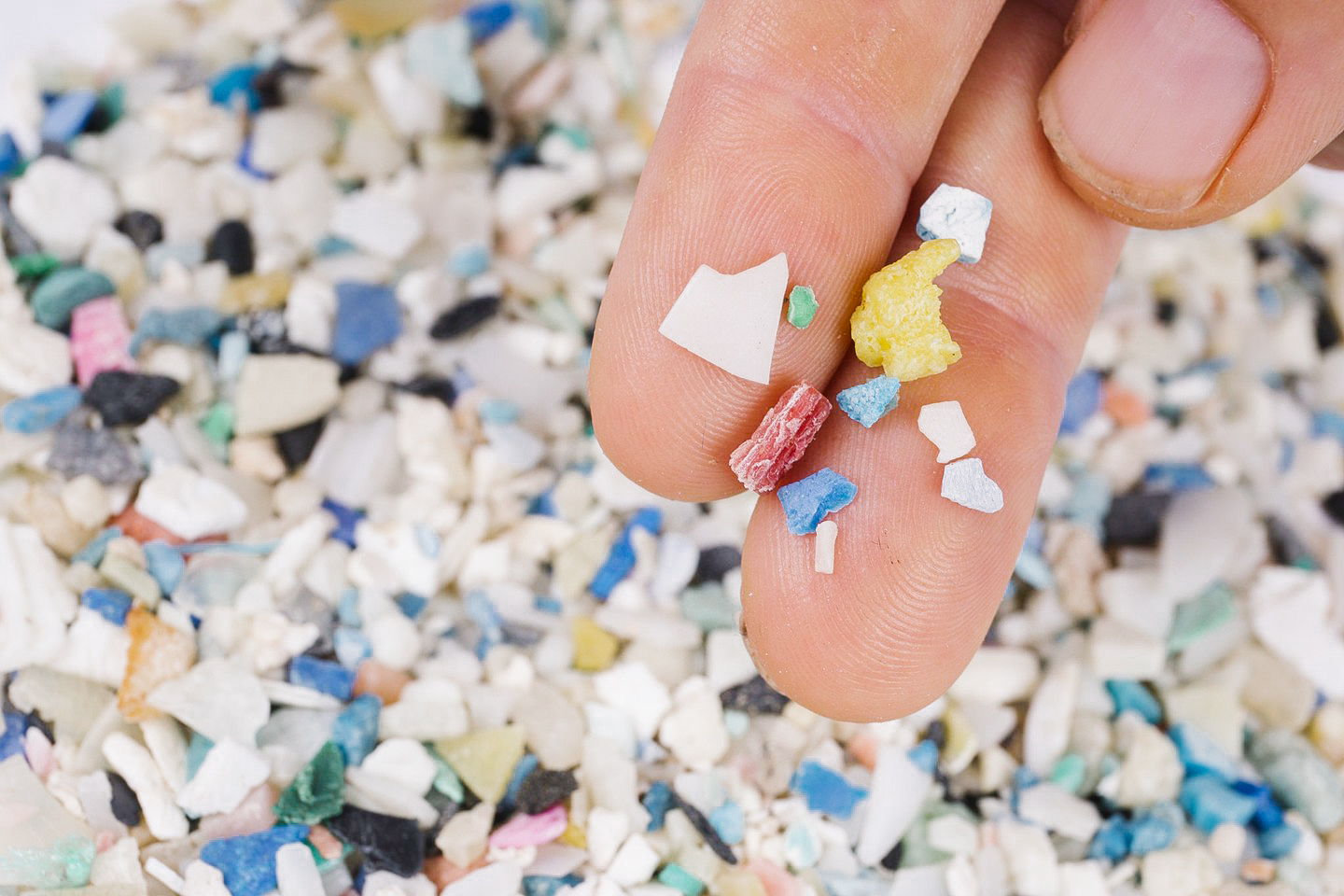By: Nathaniel Tok, Peak Associate
B.C. coastal waters contain high levels of plastic
SFU’s Ecotoxicology Research group has found high levels of microplastic in the waters of the Lambert Channel and the Baynes Sound on the coast of Denman Island. The group published a study in the journal PLOS detailing the distribution of the microplastics.
The team developed their own technique to determine the levels of microbeads and other microplastic fragments in sediment samples taken from different sites around the island. The technique involved sifting, treating, and vacuum filtering the sediment samples to separate the constituent materials, specifically the organic parts from the non-organic.
Microplastics absorb trace metals, making them a source of toxic metals to organisms that may consume the plastic. Studies have shown that oyster health and reproduction declines as a result of microplastic exposure. The toxic effects may ripple up the food chain and affect other animals higher up, including humans.
A member of the research team and SFU professor of marine ecology and ecotoxicology Leah Bendell reports that around three to four tonnes of plastic debris are collected from the coastal areas of Baynes Sounds each year. Bendell also says that 90% of the plastics can be traced to shellfish farms.
The area has around 130 shellfish farms.
SFU computer science professor using data to help oncology patients
SFU computer science professor Dr. Martin Ester, as part of a research team with Dr. Bruce Carleton and Dr. Colin Ross from the B.C. Children’s Hospital, is investigating how genetics influence patient responses to cancer treatment.
Cancer treatments often cause adverse drug reactions (ADRs) which can lead to disabilities or death. ADRs are more risky in children. “A staggering 75 per cent [sic] of childhood cancer patients develop chronic health conditions and 42 per cent develop disabling or life-threatening ADRs from cancer treatment,” reported Ester to SFU News.
Ester has collected DNA samples and records of medication use and ADR occurrences to help in looking for relations between genetics characteristics and ADRs. Ester will then use this data to develop predictive models that can help find a patient’s likelihood of having an ADR during cancer treatment.
Using results from Ester’s research, doctors would be able to check a patient’s likelihood of getting an ADR and come up with personalized treatments to lessen the effects of the adverse reaction.
The research team hopes to obtain a larger dataset which will fine-tune their predictions for greater accuracy. They are also currently working on the issue of making pharmacogenomic screening more accessible to patients across the country so their findings may be effectively applied in clinical practice across Canada.

